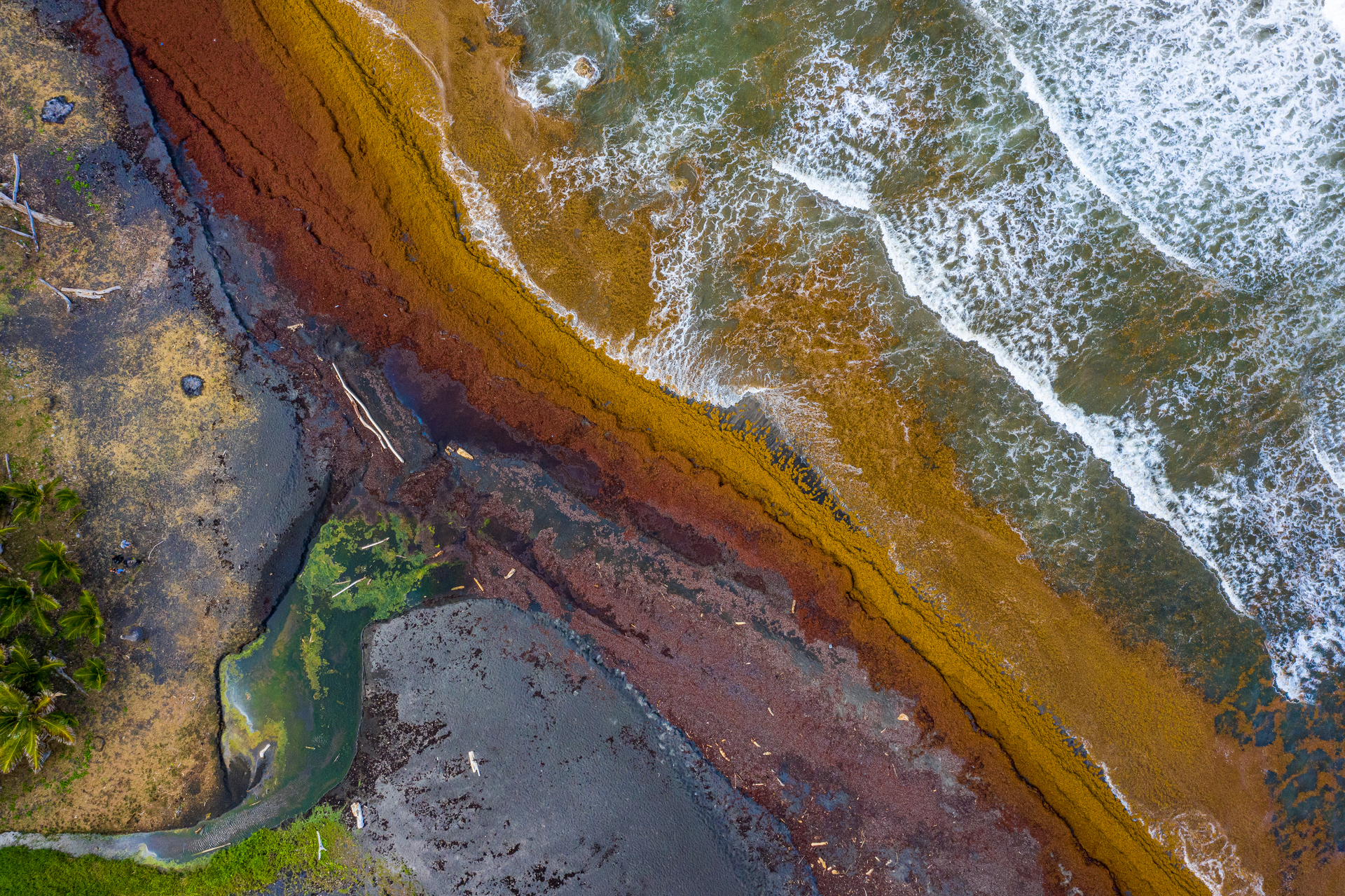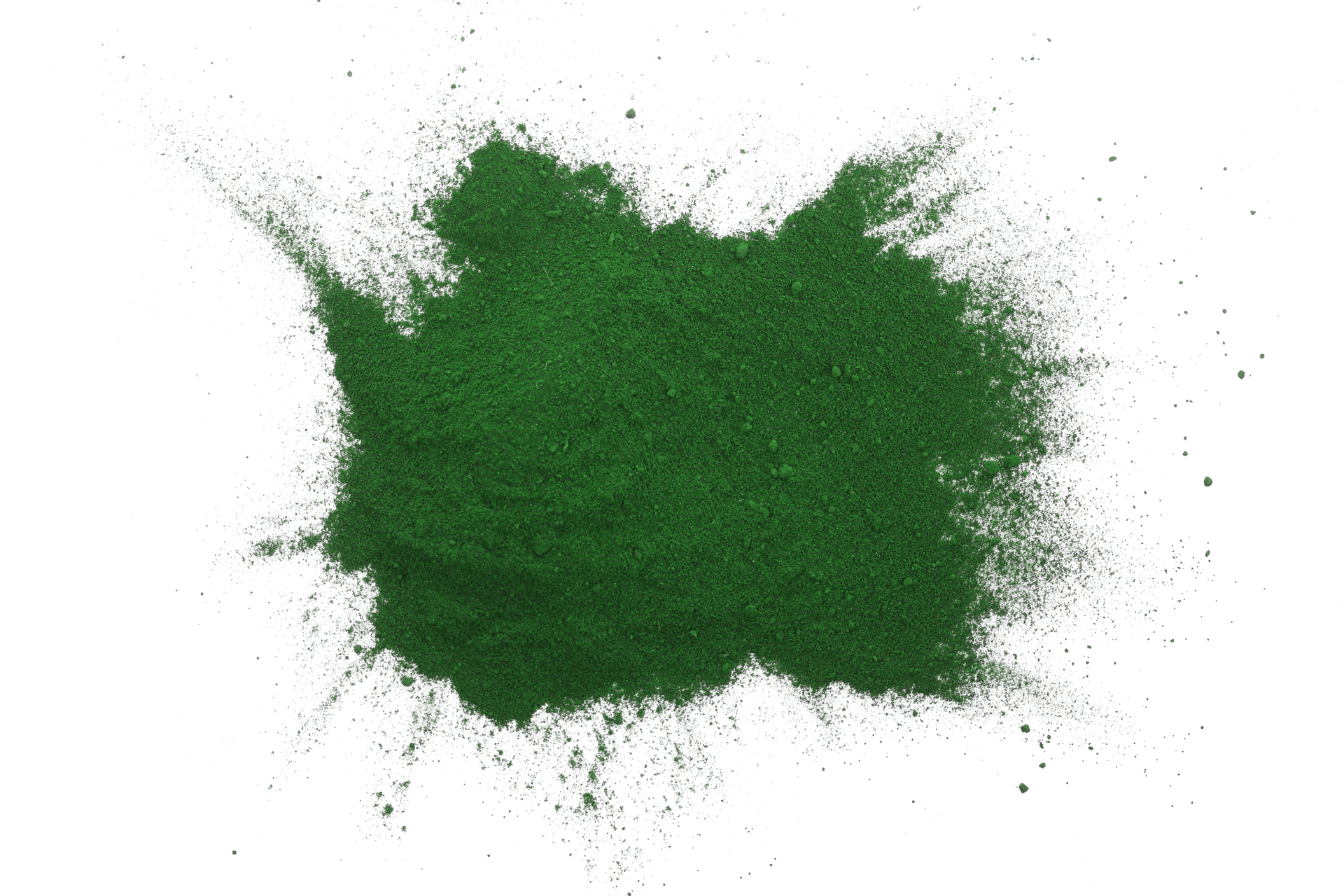Seaweed
Scientists estimate there’s more than 11 million tons of sargassum in the belt this year, 2023. One of the strongest years (but not the strongest) since scientists began closely observing the biomass with satellite imagery in 2011.
Experts say agricultural runoff seeping into the Amazon and Orinoco rivers and eventually the ocean could explain the increased growth of the belt on the western side. Warming waters likely help the seaweed grow faster along with changes in wind patterns, sea currents, rainfall and drought could also affect blooms.
In Mexico alone, 0.1 million tons/yr of sargassum washes up on beaches; most of which is collected and destined for landfills. Our revolutionary process turns this waste stream into products removing methane and CO2e.
In fact, turning 1 ton of powdered seaweed into products saves 9.5 tons of CO2. This translates to roughly 0.8 million tons/yr of CO2 savings from landfill avoidance without considering collection emissions.
When sargassum decomposes, it releases ammonia and hydrogen sulfide, which accounts for the rotten-egg stench. Left to rot on the beach, sargassum can turn into a problem. It can harm coastal marine ecosystems and also supports the growth of bacteria.
We rematerialize the sargassum transforming beaches, the local community, and products.



